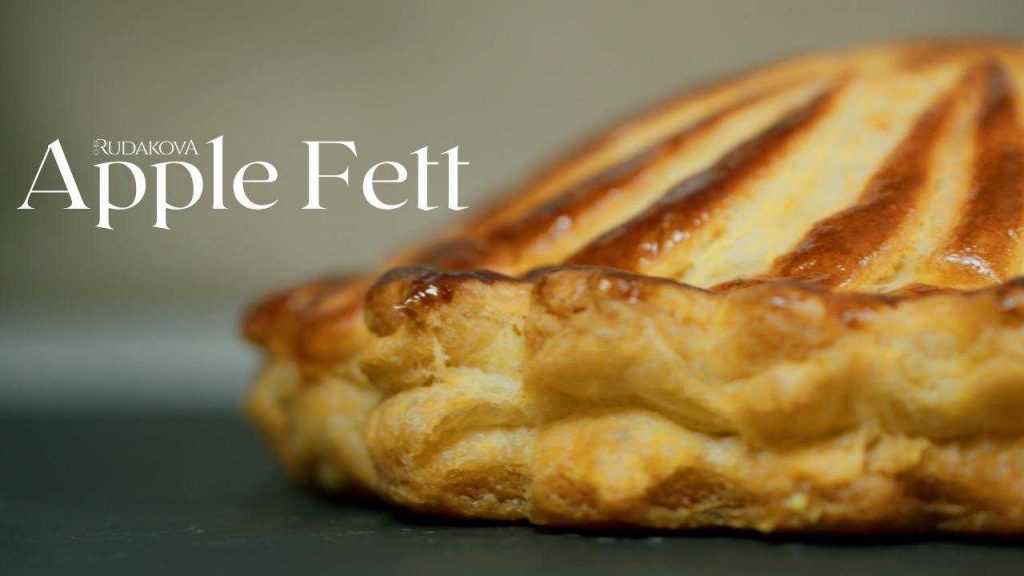All dumplings of the world origin
What's the dumplings origin? What do ravioli, pierogi and gyoza have in-common? Are they all a kind of a dumpling? Is there one OG dumpling, the Ancient Dumpling that birthed all the variety of dumplings that we enjoy in present times?

If you’re unfamiliar with any of the above, here’s a quick explanation for each:

Indian samosas
A type of a fried of baked dumplings, stuffed with spiced potatoes, peas and typically onions.
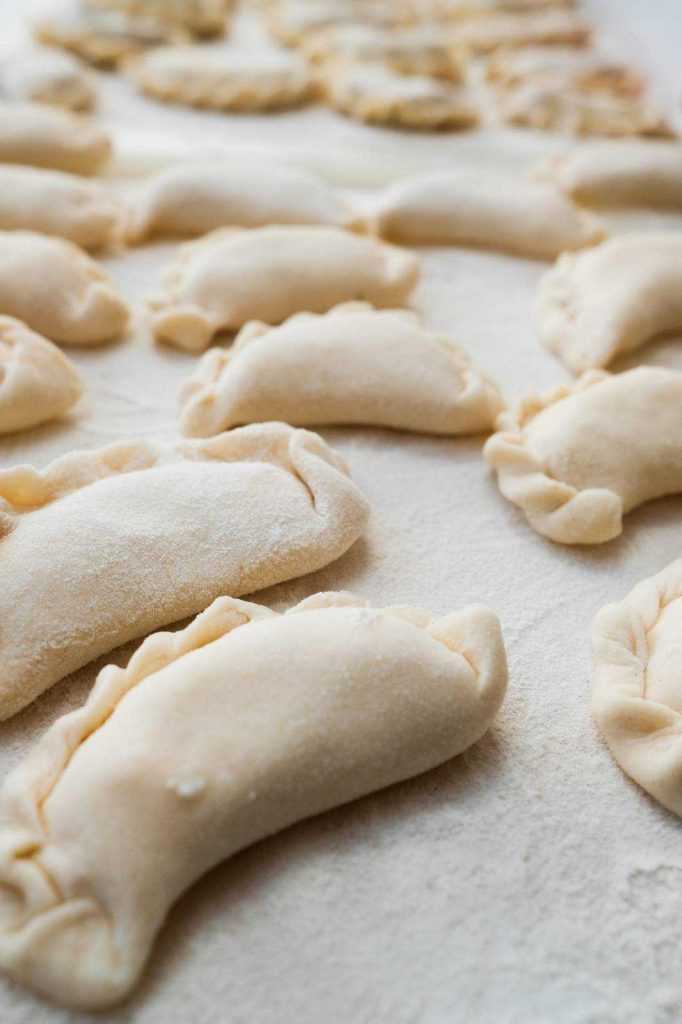
Ukrainian vareniki
A very close sibling of Polish pierogi. Vareniki can be stuffed with a big variety of fillings, both savoury and sweet. The most popular varies, however, except for potato one, is cottage cheese.
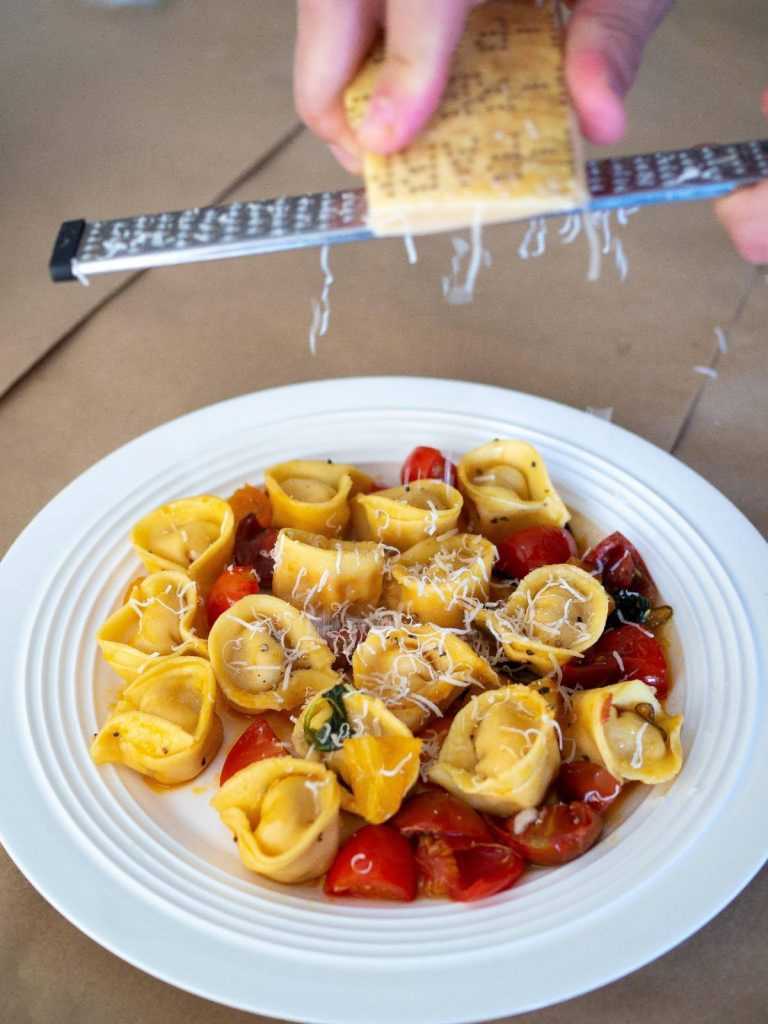
Italian tortellini
Typically an egg based pasta dough, stuffed with a mix of regional cheeses, meat, egg and regional spices. Noticeably, tortellini are often cooked and served in a broth.
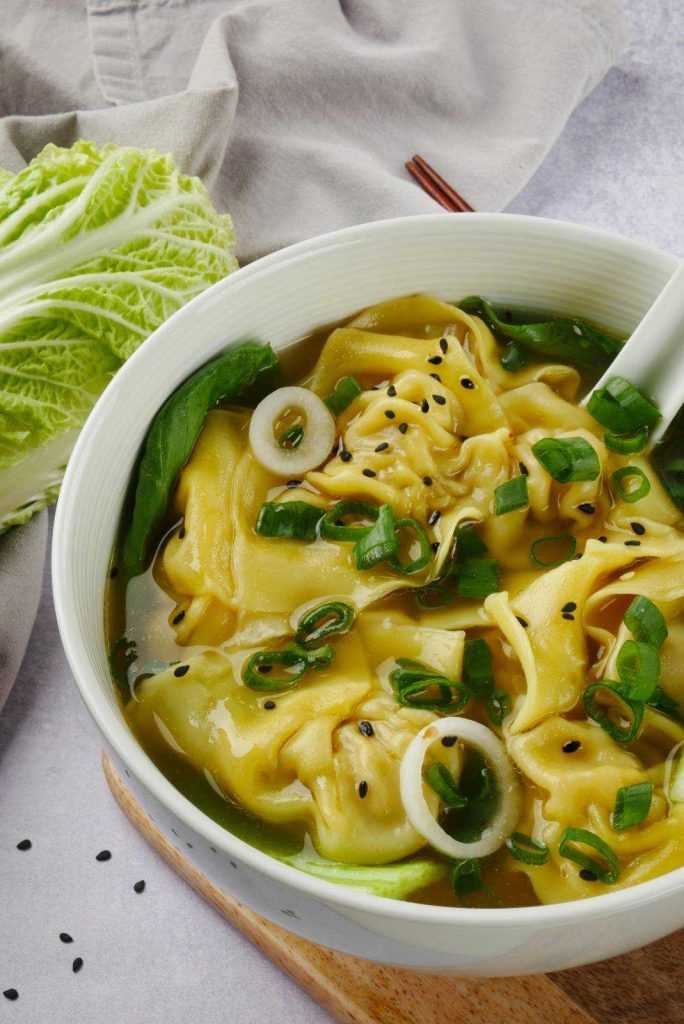
Chinese wontons
A dumpling that is fried as often as steamed or boiled. Typically wontons are made of a very thing wheat dough and filled with a mix of vegetables and meat.
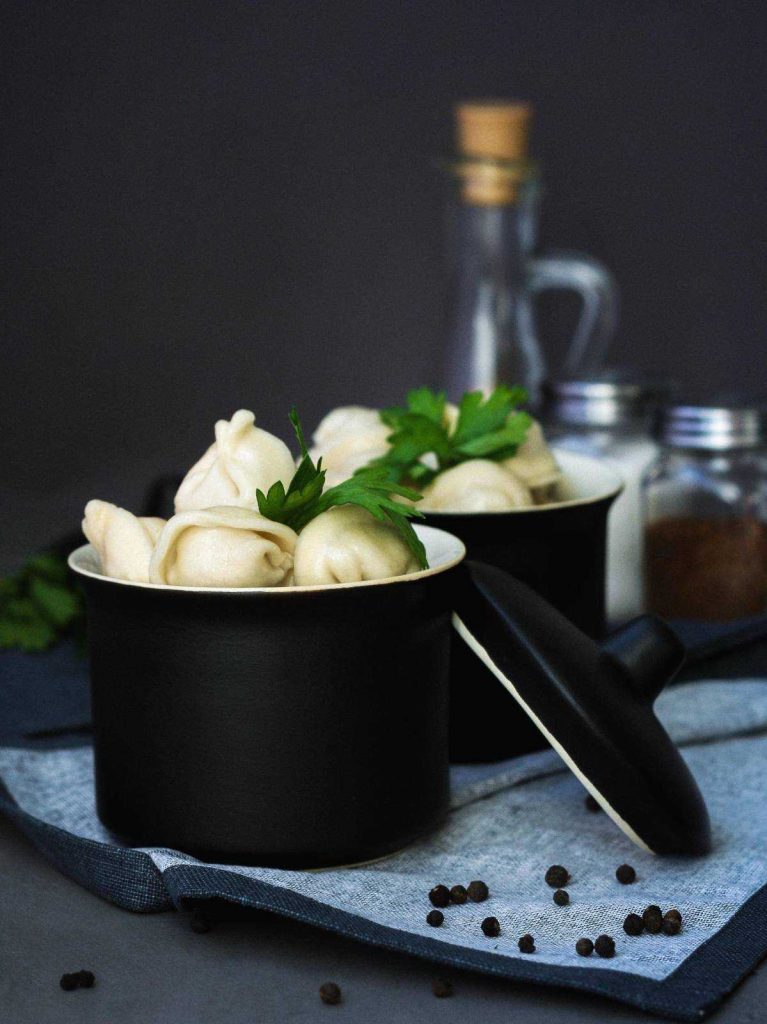
Russian pelmeni
Boiled dumplings, filled with a mix of minced pork, beef and onions, and often fresh herbs. Served with sour cream.
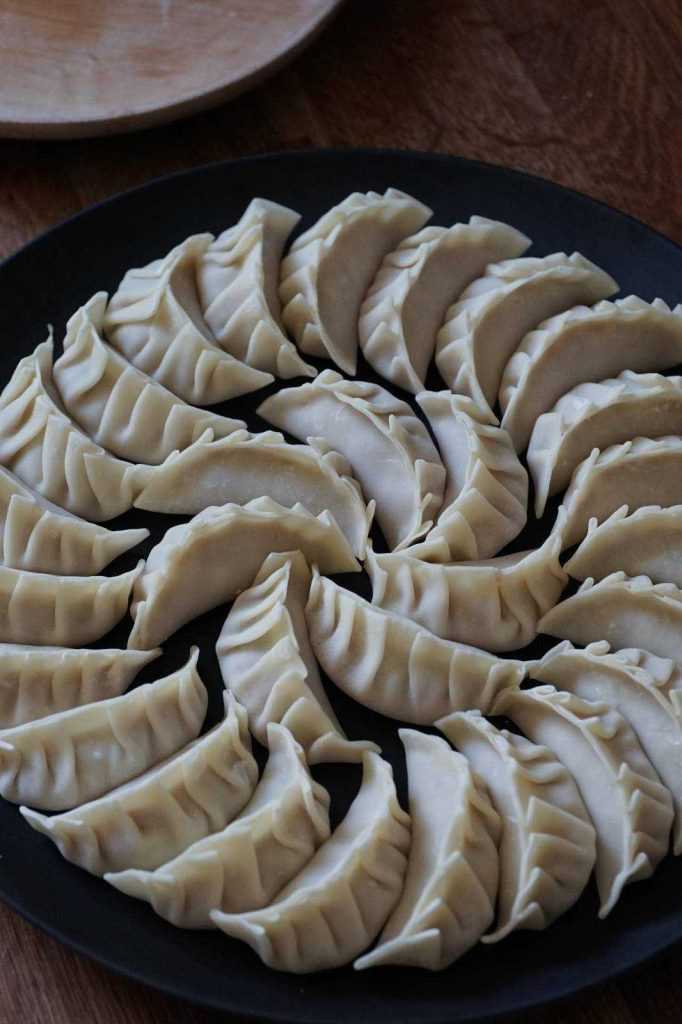
Japanese gyoza
A dumpling of very thin unleavened dough, filled with a mix of minced pork, cabbage and mushrooms. Typically fried on one side to create a combination of various textures. Served with either sweet and savoury sauce, or a highly acidic savoury sauce.
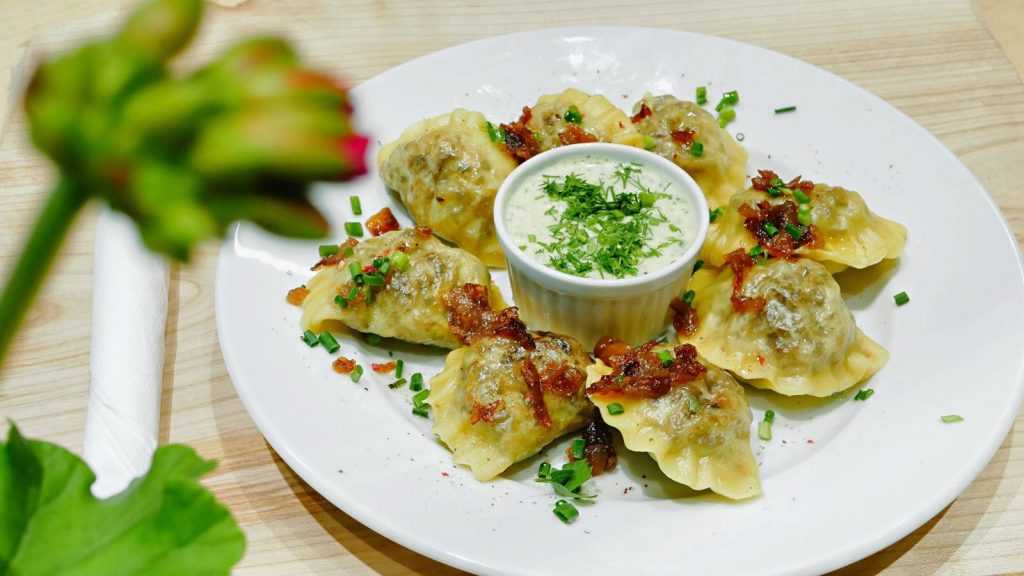
Polish pierogi
Probably the most recognizable Polish food. Pierogi is a type of dumpling, that could be stuffed with both sweet and savoury fillings. Most popular filling though is potato and cheese.
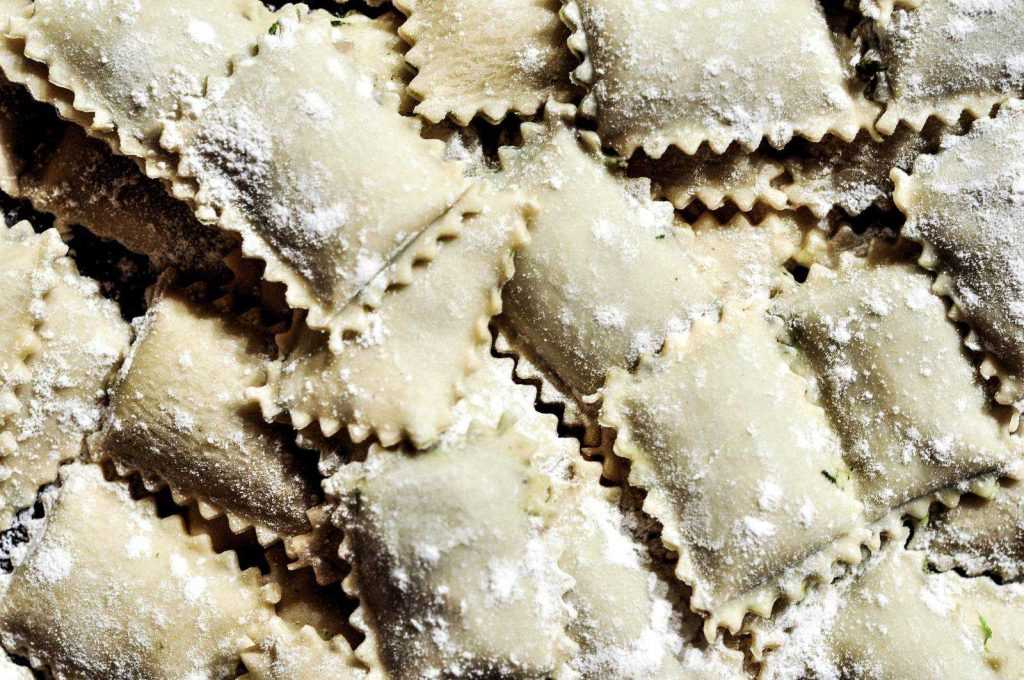
Greek Ravioli
A type of ravioli typically filled with feta, halloumi, dry Greek regional cheese, eggs and Mediterranean spices (cumin, oregano, thyme, etc), served with Greek yogurt.
ORIGINS
Now let's talk about dumplings origin
There is a food history research that suggests that there’s actually no way that OG Dumpling of all dumplings had come from China itself, since Chinese “didn’t have good flour milling technology till the Han dynasty [202BC-220AD]” – Eugene Anderson, food and nutrition scholar, professor emeritus of anthropology at the University of California. In fact, food researches have no clue what’s the dumplings origin, based on the presently available archaeological and historical food research.
There’s one area of food research that might help in finding the origins of dumplings: language.
Miranda Brown, professor of Chinese studies in the department of Asian languages and cultures at the University of Michigan, suggests that language plays a fundamental role and possibly is our only help in determining what was first: the ravioli or the Chinese dumplings.
To summarize all the leads from one language to another, it may seem like that the dumplings origin lay in Turkish language. Who would have guessed that? … but not in Turkey itself.
The migration of the Turkic peoples from Central Asia is where food scientists believe the origins of stuffed dumplings can be found.
The Turks were a tribe related with the Xianbei people, who were in turn related to the Mongols, who began invading China in the early fourth century. They originated in the Altai region, where Mongolia, China, and Russia converge.
The migration of the Turkic name for stuffed dumplings: “mantu”, gave rise to the Korean “mandu”, Greek “manti”, and Chinese “mantou”. This direct language correlation and similarity supports this theory of their dumpling evolution. The words for stuffed dough / pastry in Russian “pelmeni”, Ukrainian “vareniki” and Polish “pierogi” also have Turkic roots.
When the dumplings had reached China, they were certainly widely adopted across various provinces, giving them various shapes, stuffings and cooking methods. Later on with the rise of the Ming dynasty (1368-1644), the Chinese-Turkic dumplings gained popularity in Korea, Japan, Vietnam, and other parts of Southeast Asia.
What about European dumplings origin?
In Europe certainly the most dumpling-loving nation is Italy, who has tones of varieties for stuffed pasta: tortellini, tortelloni, tortelli, cappelletti, culugionnes, medaglioni, anolini and many more. Anderson asserts that it is likely that the Arab conquistadors and traders who brought stuffed dough with them from the Middle East though the eastern Mediterranean are the ones who gave the Italians the idea of stuffed dough packets. While as Spanish and Portuguese got their dumpling varieties: empanadas and empadas, the same way.
Would you agree with these dumplings origin theories? And what’s your favourite type of dumpling?
Check out this cool Map of Spread of Dumplings across Eurasia


